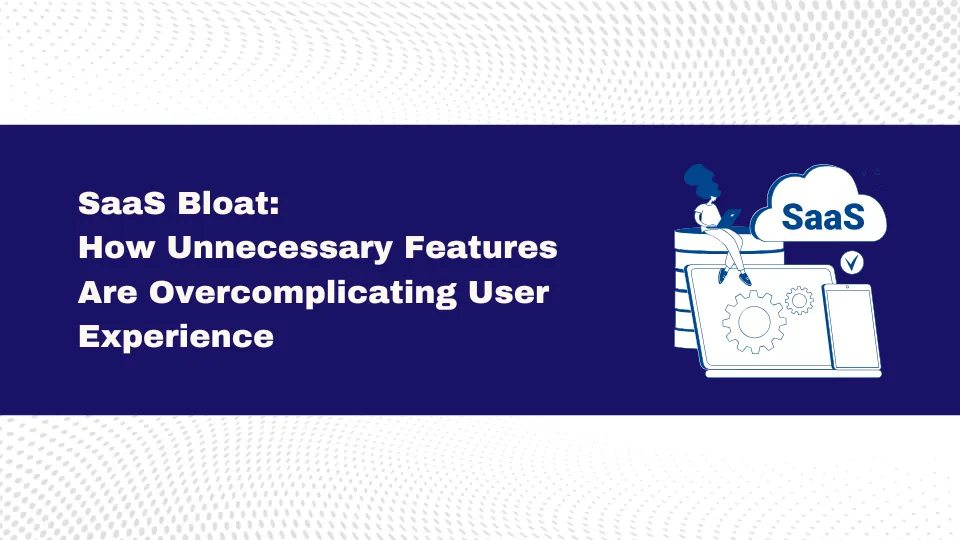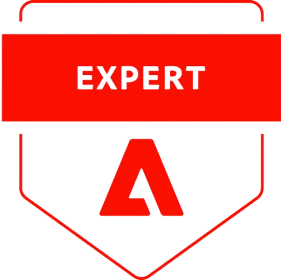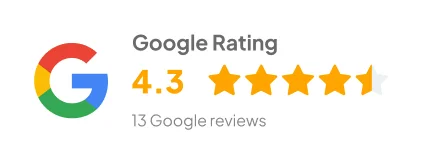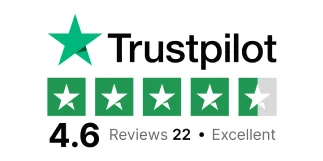How surprising it is that 70% of SaaS users feel frustrated while using the SaaS models! Even most of the users have a feeling that it is overcomplicated due to excessive features it has. This whole thing is known as SaaS bloat.
With growing challenges for the software industry, making user-friendly systems is the need to make them stand out. Although, in the requirement to make tools simplify your work, unnecessary features burdening you and introducing inefficiency as well as dissatisfaction is quite a disappointment. Creating a lot of ambiguities and dissatisfied mindset, SaaS is often mistaken as complicated even when the original intent is to streamline workflows.
Let's explore the causes and consequences of SaaS bloat, real-world examples, industry insights, and practical solutions for SaaS developers to ensure their products remain user-friendly and effective.
What is SaaS Bloat?
Again, SaaS bloat is the accumulation of various features that clutter a product and dilute its core value proposition Initially, SaaS tools were introduced to enhance functionality, these additional features often end up complicating the user experience.
But the question is how we ended up in this even after the good intent? For this, let's look back to the evolution of SaaS. At initiation SaaS models like Gmail, Dropbox, and Basecamp were known for their simplicity and focus on solving specific problems. With growing craze in the need and expectation of users, the competitive pressure grew stronger. Adding more and more to create innovation, developers ended up making it rather a task for the users to understand the functioning. In this struggle to stand out, the SaaS bloat grew out stronger!
The process went like this, initiated from early project management tools prioritized task tracking and collaboration. With time, many of these platforms now include chat integrations, analytics dashboards, CRM modules, and more often overwhelming users with options they never asked for.
This trend highlights the fine line between innovation and overcomplication, which we’ll explore further through specific examples.
Real Life Examples of SaaS Bloat
In order to get better understanding of SaaS bloat, let’s go deeper in some famous examples:
- Slack vs. Microsoft Teams:
While Slack was once celebrated for its simplicity, Microsoft Teams has embraced feature-heavy development, integrating everything from video conferencing to file management. While these features appeal to some enterprise users, many complain about Teams’ cluttered interface and steep learning curve, leading to frustration among smaller teams.
- Zoom’s Minimalism:
Contradictory, the Zoom has achieved mass popularity during the pandemic by focusing solely on video communication. Its interesting interface and limited features outperform competitors like Skype quite easily. Zoom’s success since covid has demonstrated that simplicity can be a winning strategy.
- Failed SaaS Products:
Not all SaaS companies survive feature overload. Consider tools like Evernote, which started as a note-taking app but gradually added premium features like task management and team collaboration. As the app became more complex, users shifted to simpler alternatives like Notion or Google Keep.
These examples illustrate the risks of SaaS bloat and highlight the importance of prioritizing simplicity and usability over excessive functionality.
Research and Insights
Numerous studies and surveys shed light on the impact of SaaS bloat:
- Behavioral Studies: The surveys shows that too many choices are not usually enjoyed by the users, as leading that leads to fatigue. When users are bombarded with options, they struggle to find the features they actually need, wasting time and reducing productivity.
- Increased Complexity: Keeping up with the research, almost 64% of users ranked simplicity as the most important factor to use software systems efficiently. Hence, it indicates clearly that the preference for tools that prioritize ease of use over too many features.
- Utilization Enhancement: Finally, 80% of users only utilize 20% of features from one product. The remaining features often feel unnecessary, creating complexity and slowing down the software.
Effects of SaaS Bloat on User Experience
SaaS bloat has far-reaching consequences for both users and companies. Let’s explore some of the most significant impacts:
- Productivity Loss:
A not-so-user-friendly interface is the main reason for productivity loss. Understanding the complex features can waste one's valuable time. Hence, rather than simplifying the workflows, these unnecessary extensions create additional hurdles for users.
- User Churn:
Finding a good software complicated shatters your expectations from that software. Users are more likely to abandon these kind of tools and opt for simpler alternatives. Also, high churn rates can significantly impact a company’s revenue and reputation.
- Associated Costs:
Overcomplicated SaaS tools often have hidden costs, with the need for additional training, and slower system performance, it ends up being quite a bad decision.
Why SaaS Companies Add Unnecessary Features
If users do not demand for these overloaded SaaS tools then why do companies keep on adding these unnecessary features? Here are some common reasons:
- Competitive Pressure:
To stay ahead, SaaS companies often feel pressured to fulfil or surpass the needs as well as outdated competitors’ features, even if those features don’t align with user needs.
- Misinterpreted User Feedback:
While user feedback is invaluable, companies sometimes over-prioritize niche requests, adding features that appeal to a small subset of users but confuse the majority.
- Monetization Strategies:
To justify higher pricing tiers, many SaaS companies introduce premium features that may not add real value. This can lead to bloated products that alienate users.
Understanding these motivations can help SaaS developers make more informed decisions about feature development.
Solutions to Combat SaaS Bloat
So, how can SaaS companies combat bloat and create more user-friendly products? Here are some actionable strategies:
- Focus on Core Features:
Instead of trying to do everything, SaaS companies should focus on excelling at their core functionality. For example, Notion has successfully balanced functionality and simplicity by allowing users to customize the platform according to their needs.
- Customizable Interfaces:
Using enhanced features in a system can help users to enjoy the software as per their preferences. As this approach ensures that advanced features don’t overwhelm non tech friendly users.
- Data-Driven Development:
Understanding the importance of A/B testing and user analytics can also help companies validate new features. Also, this reduces the risk of introducing unnecessary complexity.
- Improved UX Design:
Researching and developing a user-friendly navigation is a plus point. Also, users enjoy clutter-free design that can make even feature-rich tools more accessible. Moreover, clear navigation, logical workflows, and consistent design elements are key to enhancing usability.

_thumb.webp)
_thumb.webp)
_thumb.webp)

_thumb.webp)













